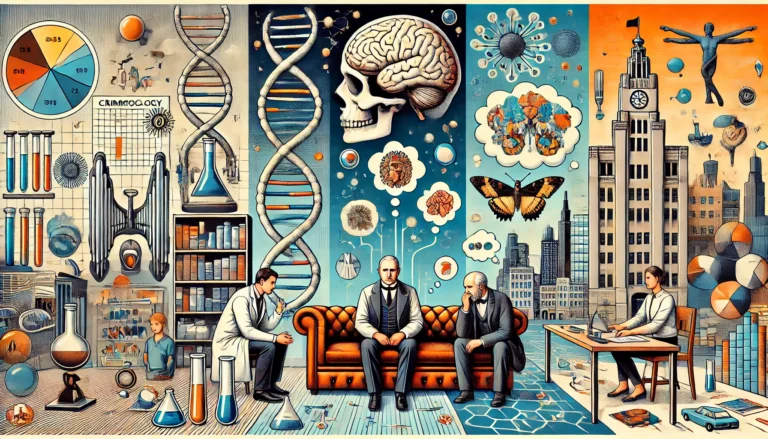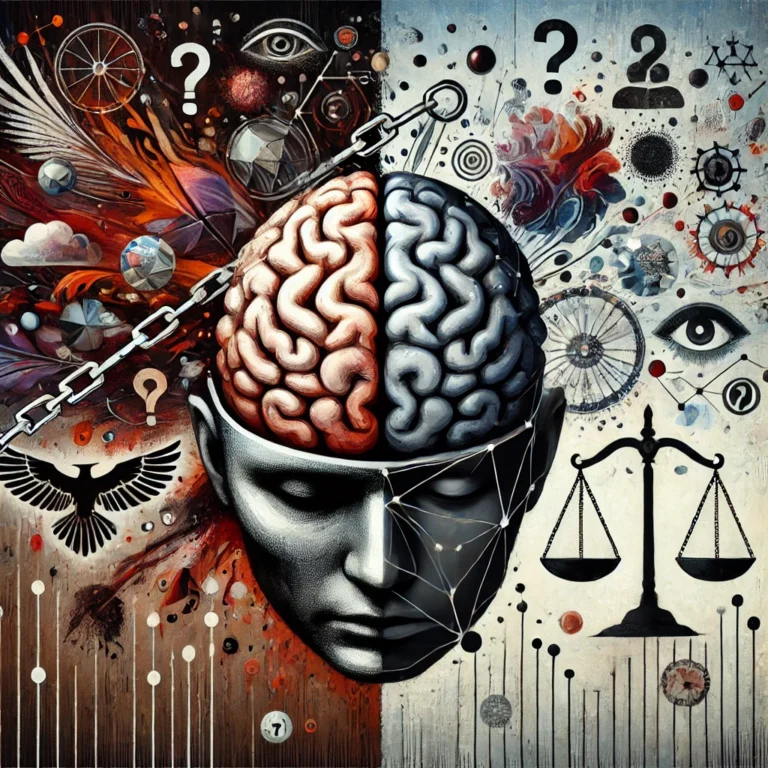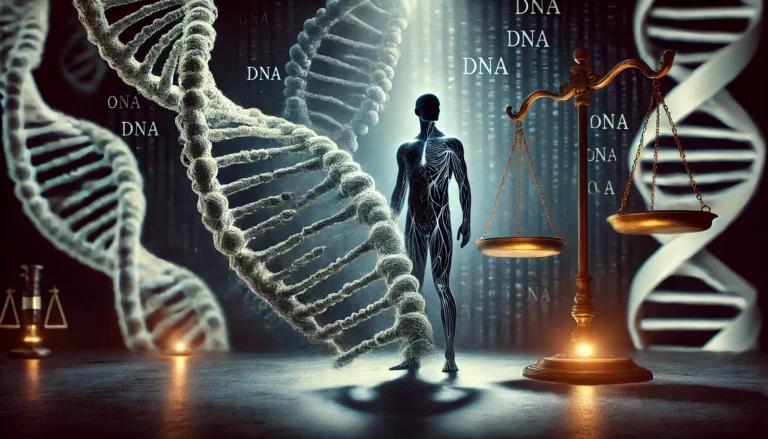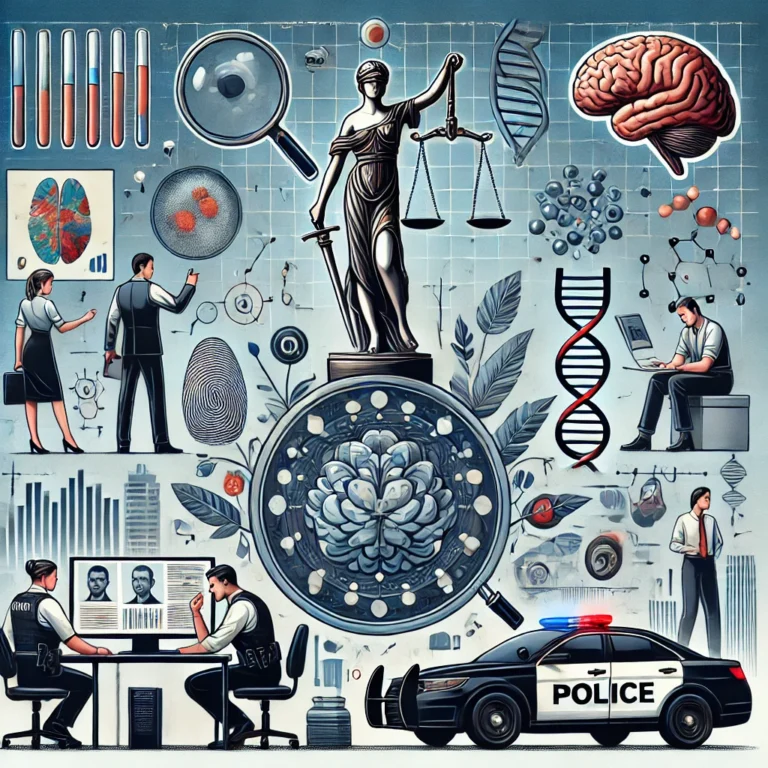Apparent Crime and Actual Crime | Crime Statistics
Introduction
The criminal justice system depends on accurate identification and classification of behavior. A major concern in this process is distinguishing apparent crime from actual crime. Misjudging this difference can lead to serious miscarriages of justice, including wrongful arrests, damage to reputations, and waste of resources.
In this article, we explore this distinction in depth, considering its effects on legal procedures, media narratives, public perception, and criminological research. Through real-life examples and theoretical analysis, we aim to provide a comprehensive understanding of why separating appearance from reality in crime matters more than ever.
What Is Apparent Crime
Apparent crime refers to an incident that appears criminal based on surface-level indicators but may not actually constitute a crime once thoroughly investigated. It’s based on perception rather than fact, and often arises from misunderstandings, biases, false reporting, or even honest mistakes.
Psychological and Social Roots
People are naturally inclined to make quick judgments. In criminology, this is linked to cognitive biases like confirmation bias and availability heuristic. These mental shortcuts shape how people perceive others and may result in misinterpreting innocent behavior as criminal.
Real-Life Example
A bystander sees someone removing items from a car and assumes it’s theft. In reality, the person owns the vehicle but has locked their keys inside and is breaking in using a coat hanger. Despite the innocent intent, it may be seen as criminal by witnesses.
What Is Actual Crime
An actual crime meets the legal definition of a criminal offense. It involves an illegal act coupled with criminal intent (mens rea) and is validated through evidence. This is the crime that is pursued by the legal system through arrest, prosecution, and sentencing.
Legal Definition Components
- Actus Reus: the physical act of the crime
- Mens Rea: the intent or mental state to commit the act
- Causation: proving the act caused harm
- Harm and Legality: the act must be legally defined as criminal and must result in harm
Legal Example
If someone intentionally steals a vehicle and sells it illegally, with evidence including video footage and witness testimony, it constitutes an actual crime. It is a breach of law, backed by proof, and pursued by legal institutions.
Key Differences Between Apparent and Actual Crime
| Element | Apparent Crime | Actual Crime |
|---|---|---|
| Basis | Public perception, suspicion, incomplete information | Legal code, evidence, verified intent |
| Source | Observation or assumption | Verified investigation |
| Outcome | May lead to false alarm or dismissal | Results in criminal charge or legal action |
| Reversibility | Often cleared upon review | Carries legal and social consequences |
| Impact | Fuels social anxiety or wrongful stigma | Influences justice system and policy |
Case Studies: When Crimes Seem Real but Aren’t
The Suspicious Stranger
A man walking through a neighborhood is reported to police for “acting suspiciously.” Officers discover he is a delivery worker searching for the correct address. The report stemmed from a biased assumption, not actual criminal activity.
The False Alarm
A smart home alarm triggers a break-in alert. Police arrive to find that the wind blew open a door. This situation reflects how technology can contribute to perceived crime when misinterpreted or malfunctioning.
Public Discipline vs. Abuse
A parent disciplines their child in a public space. A witness calls authorities believing it’s abuse. After investigation, it’s ruled as lawful parenting. This demonstrates how cultural and emotional factors can distort crime perception.
Legal and Criminological Implications
Legal Consequences
- False arrest or detention may violate civil rights
- Defamation lawsuits may arise from public accusation
- Unnecessary legal cases burden judicial systems
Criminological Considerations
- Increases in over-policing, especially of marginalized groups
- Skewed crime statistics
- False criminal records or database entries
Criminologists emphasize the importance of due process, evidence-based decisions, and critical evaluation to prevent apparent crimes from escalating unnecessarily.
The Role of Media in Apparent Crime
Common Media Tactics
- Sensational headlines
- Continuous updates without confirmation
- Visual framing that implies guilt before investigation
Cognitive Impact
- Cultivation theory explains how media overexposure shapes fear
- Moral panic occurs when isolated events are exaggerated
Consequences
- Public shaming and job loss for innocent individuals
- Pressure on police for immediate response
- Policy overreactions based on distorted public views
Public Perception vs. Reality
Contributing Factors
- Fear of crime persists even when statistics show decline
- Social media amplifies unverified stories
- Political and cultural narratives shape public judgment
Closing the Gap
- Open-access crime data platforms
- Media responsibility and fact-checking
- Public education on crime classification and legal standards
Challenges in Law Enforcement
Operational Dilemmas
- Interpreting unclear emergency calls
- Navigating biased or emotional reports
- Avoiding escalation in high-tension situations
Balancing Duties
Officers must prioritize both community safety and constitutional rights. This balance requires ongoing training in de-escalation, implicit bias, and legal thresholds for action.
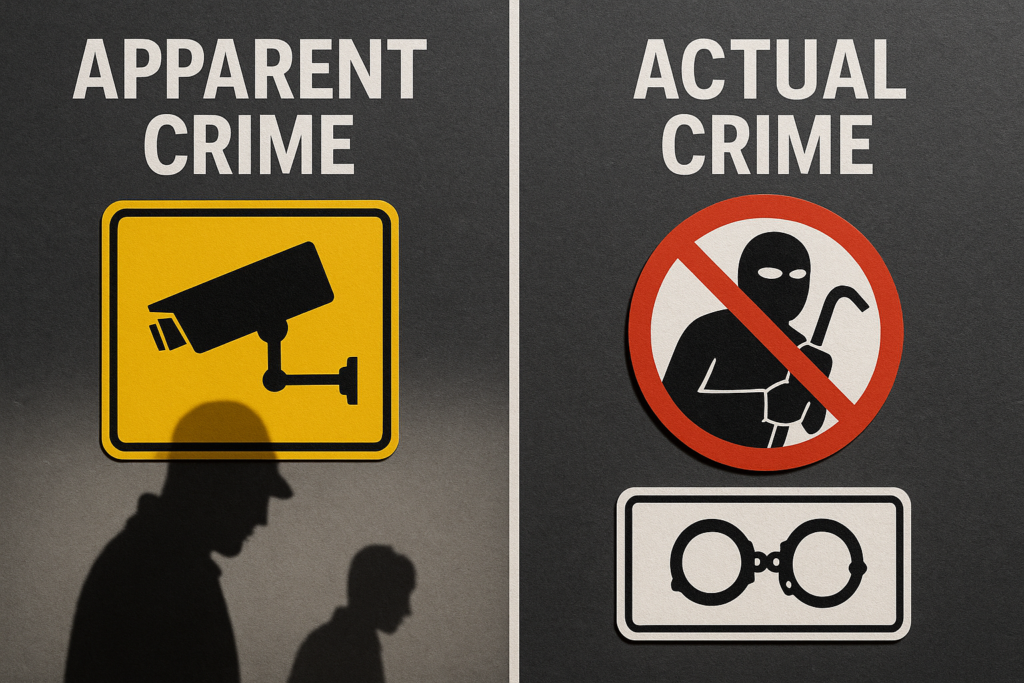
Apparent vs. Actual Crime in Statistical Reporting
Impact on Crime Data
- Misleading figures may drive poor policy decisions
- Resources might be misallocated based on false trends
- Public trust erodes when perception differs from reality
Suggested Data Categories
- Reported but unverified
- Under investigation
- Confirmed actual crime
- Dismissed after clarification
Criminological Theories and Their Viewpoints
Labeling Theory
This theory suggests that deviance is defined by societal reaction. Apparent crime fits this idea as social labeling, rather than legal truth, defines criminality.
Conflict Theory
Suggests laws and enforcement disproportionately target disadvantaged groups. Apparent crimes often reflect such biases, reinforcing systemic inequalities.
Symbolic Interactionism
Focuses on how meanings and perceptions arise from interaction. People may interpret others’ actions based on appearance or context, making apparent crimes socially constructed phenomena.
Preventing Misinterpretation of Crime Data
Practical Steps
- Better training for law enforcement and emergency responders
- Improved transparency and communication with the public
- Legal literacy campaigns to explain what constitutes a crime
Role of Academic Institutions
- Publish accessible research
- Partner with communities to improve data interpretation
- Help debunk myths about crime and criminal behavior
Implications for Criminological Research
The Value of Distinguishing Crime Types
In criminological research, distinguishing between apparent and actual crime is not merely academic—it has real-world implications. Researchers rely on accurate data to study crime trends, develop prevention strategies, and influence policy. Misclassifying crimes can result in flawed analyses, affecting everything from resource allocation to legislative reform.
Research Bias and Misclassification
Studies that rely heavily on police reports or media coverage without verification risk perpetuating false narratives. This is particularly problematic when examining racial profiling, neighborhood crime rates, or public safety.
To address this, criminologists increasingly advocate for multi-source data validation, including:
- Cross-referencing police and court records
- Incorporating victim and witness testimony
- Using longitudinal studies to track outcomes
Sociological Dimensions of Apparent Crime
Role of Stereotypes and Social Constructs
Sociology and criminology intersect when analyzing apparent crime, as perceptions are often shaped by social constructs. Race, class, gender, and cultural expectations frequently influence what is deemed “suspicious” or criminal.
For example, minority individuals may be more likely to be suspected of criminal behavior based on societal stereotypes, regardless of actual intent or evidence.
Urban Sociology and Environmental Factors
Urban environments with high crime visibility often increase public fear and the frequency of apparent crime reports. Broken windows theory, which suggests that visible signs of disorder encourage further crime, can unintentionally heighten suspicion of innocent actions, thereby increasing apparent crime statistics.
Technological Challenges in Crime Identification
Surveillance and Misinterpretation
Modern surveillance technologies, such as facial recognition and automated alarms, aim to reduce crime—but they can also contribute to misidentification. A system may flag an individual based on movement patterns, leading to law enforcement intervention without human context.
These cases raise ethical concerns:
- Can AI differentiate context?
- Should there be human oversight for all alerts?
- How do we prevent machine bias from reinforcing apparent crime?
Data Ethics in Criminology
Criminologists must engage with digital ethics, ensuring that:
- Data used in studies is verified and representative
- Apparent crime is not counted as confirmed criminal behavior
- Biases in machine learning models are identified and mitigated
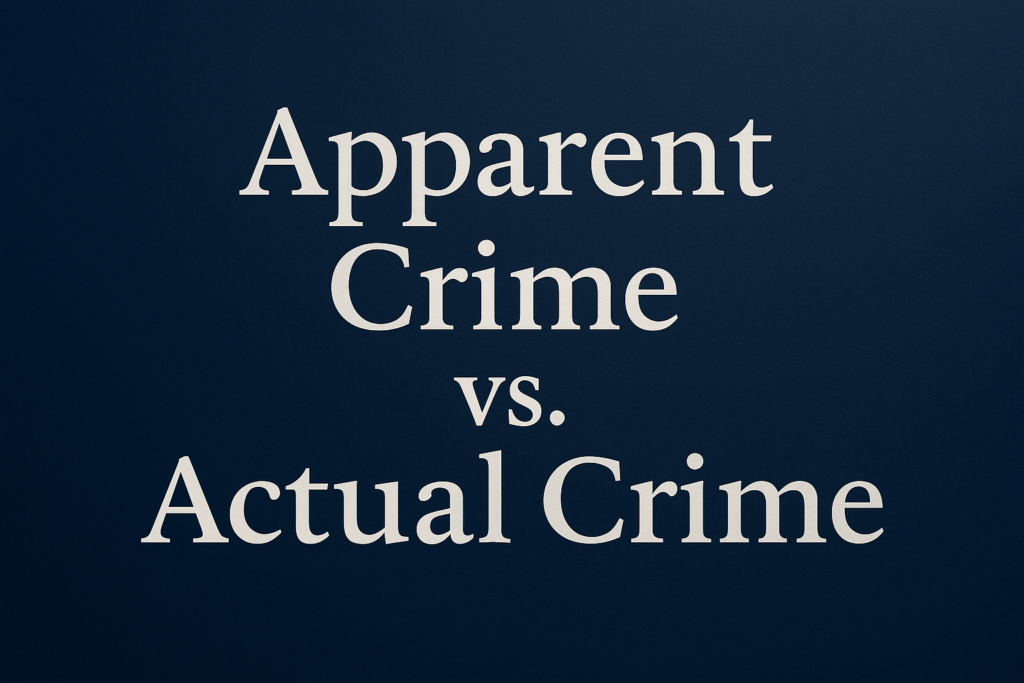
Comparative Criminology: Global Perspectives
Apparent Crime in Authoritarian vs. Democratic Societies
In authoritarian regimes, apparent crime is often weaponized against dissenters, with little concern for legality. A protester might be accused of subversion based on public display, even without breaking laws.
In democratic systems, legal safeguards exist, but media and societal bias can still lead to public persecution of innocent individuals before a fair trial.
Case Comparisons
- USA: Media-led “trial by public opinion” contributes to apparent crime perception.
- UK: Stop and search laws have led to higher rates of apparent crime targeting minorities.
- China: Surveillance-state policies blur the line between suspicion and legal offense.
Philosophical Reflections in Criminology
Ontology of Crime: What Makes Something Criminal?
The concept of crime is not static—it is shaped by moral, legal, and cultural factors. What one society deems criminal may be considered normative in another. This philosophical lens reinforces the importance of distinguishing between appearance and actuality.
Epistemology and Crime Knowledge
How we know that a crime occurred is central to criminology. Apparent crime challenges our methods of acquiring knowledge: Do we rely on perception, authority, or evidence? This tension reflects deeper epistemological debates within the field.
Educational Reforms in Criminal Justice
Teaching Critical Thinking in Police Academies
Training institutions must emphasize the difference between assumption and evidence. Officers need exposure to:
- Scenario-based exercises involving ambiguous situations
- Courses in implicit bias, critical reasoning, and sociology
- Training in procedural justice and evidence collection
Public Education Initiatives
Beyond law enforcement, public education can mitigate apparent crime through:
- Community workshops on civil rights and legal standards
- School curricula that include media literacy
- Accessible legal aid and information platforms
Future Outlook: Reforming the Apparent Crime Paradigm
Toward a Justice-Oriented System
Criminology scholars advocate for a shift from punitive responses to restorative and evidence-based practices. This includes:
- Delinking suspicion from action until evidence is verified
- Establishing review panels for disputed arrests
- Enhancing community oversight in policing
The Role of International Collaboration
Sharing best practices, case studies, and data among nations helps refine methods for identifying and separating apparent from actual crime. Organizations like the UNODC and INTERPOL already support such efforts.

Final Thoughts
The distinction between apparent and actual crime is crucial for justice, policy-making, and public trust. Mistaking appearance for fact can lead to damaging consequences for individuals and communities. In a world of fast news, viral videos, and high emotional reactivity, it is essential to prioritize careful investigation, legal verification, and critical thinking.
Understanding this difference empowers citizens, strengthens the legal system, and ensures that criminal justice remains rooted in truth rather than illusion.


